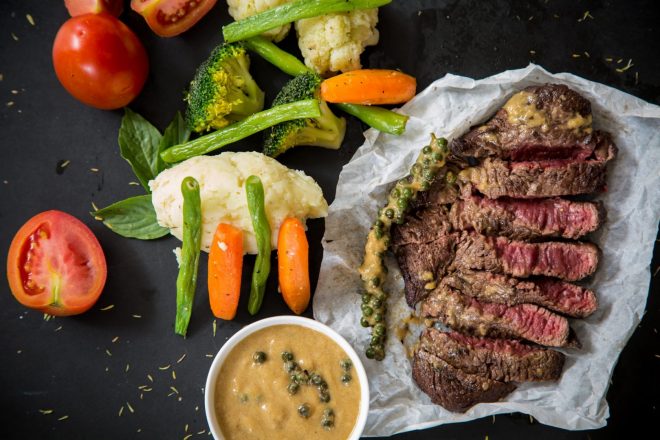Theo Hiệp hội Công nghiệp Thịt (MIA), xuất khẩu thịt đỏ New Zealand đạt kỷ lục trong tháng Tư tuy nhiên sự biến động liên tục ở Trung Quốc cho thấy gió đầu trong những tháng tới.
New Zealand xuất khẩu các sản phẩm trị giá 999,6 triệu USD trong tháng 4, tăng 16% vào tháng 4 năm 2021 với giá trị xuất khẩu tổng thể tăng lên hầu hết các thị trường lớn.
Sirma Karapeeva, giám đốc điều hành của MIA, cho biết, trong khi xuất khẩu thịt đỏ tiếp tục đạt được lợi nhuận tốt, có một số biến động về nhu cầu, đặc biệt là ở Trung Quốc và Mỹ.
“Giá trị xuất khẩu tổng thể sang Trung Quốc giảm 6% so với năm trước. Cũng có một sự sụt giảm nhỏ về khối lượng cả thịt cừu và thịt bò xuất khẩu. Việc giảm thịt cừu phần lớn là do Trung Quốc, với việc xuất khẩu thịt bò sang Mỹ cũng giảm.
“Trong khi vẫn dưới mức trước khi Covid-19, khối lượng xuất khẩu thịt cừu tổng thể sang EU và Anh đã tăng so với hai năm qua. Thách thức vận chuyển tiếp tục ảnh hưởng đến xuất khẩu ướp lạnh của Anh.”
Mặc dù khối lượng giảm, với thịt cừu giảm 6% và thịt bò giảm 4%, tổng giá trị xuất khẩu tăng so với tháng 4 năm 2021 với thịt cừu (35.553 tấn) tăng 8% lên 408 triệu USD và thịt bò (41.350 tấn) tăng 25% lên 414 triệu USD.
Giá trị xuất khẩu thịt cừu tổng thể sang Anh (52,3 triệu USD) là cao nhất trong tháng 4 trong một số năm.
Bà Karapeeva cho biết mức này sẽ cao hơn nếu xuất khẩu ướp lạnh ở mức bình thường.
Tháng Tư tiếp tục xu hướng xuất khẩu thịt bò mạnh vào các thị trường Bắc Á khác, đặc biệt là Hàn Quốc.
New Zealand đã xuất khẩu thịt bò trị giá 131 triệu USD vào Hàn Quốc trong bốn tháng đầu năm – so với 132 triệu USD trị giá xuất khẩu tại đó trong suốt năm 2021.
Đây cũng là một tháng mạnh mẽ nữa đối với các sản phẩm đồng sản phẩm, với giá trị của tất cả các loại gia tăng và tổng giá trị tăng 14% lên 178 triệu USD.





























































